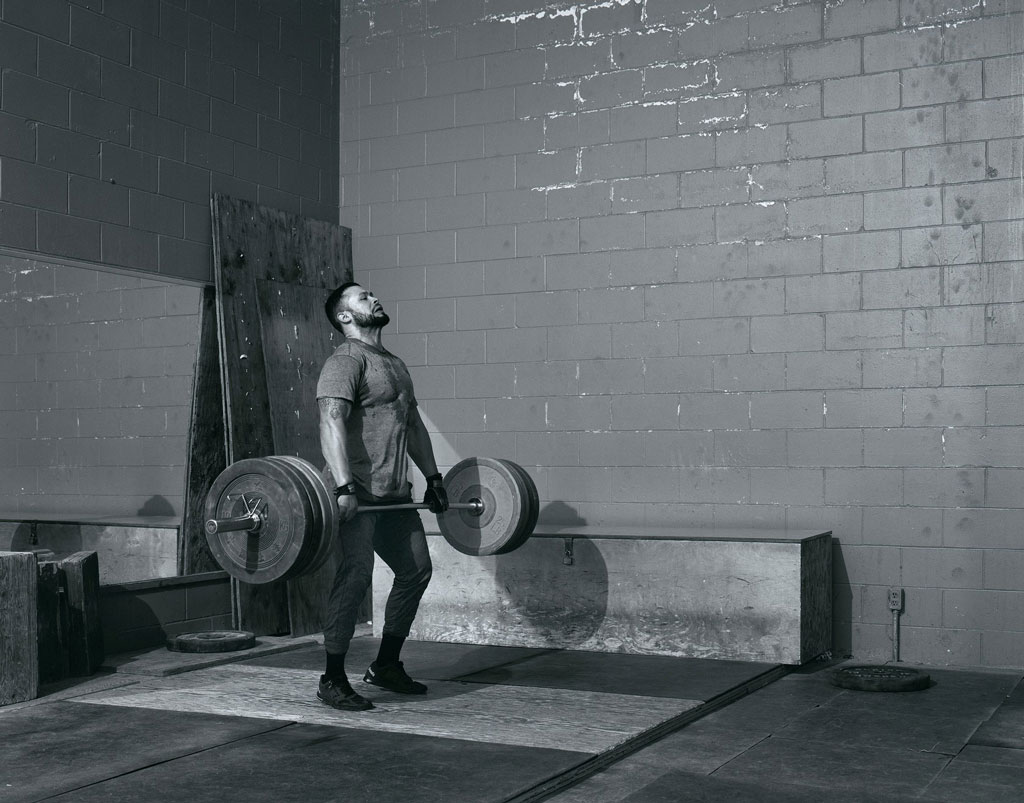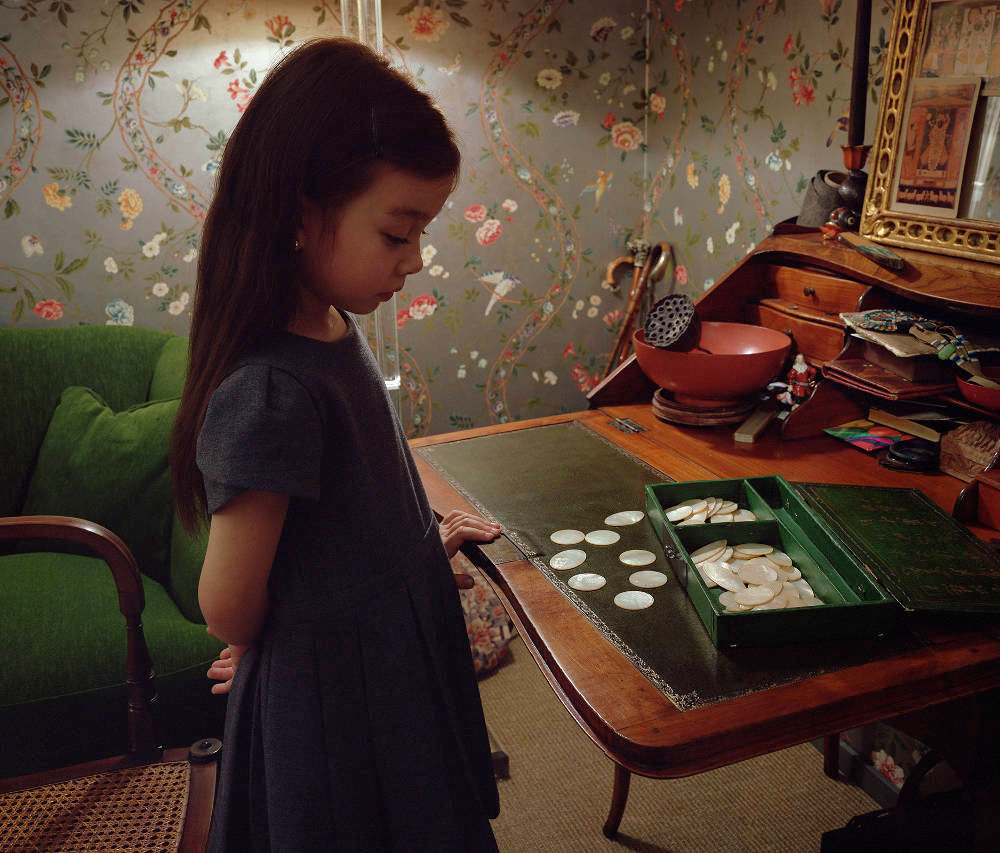PHOTO:Jeff Wall

Jeff Wall’s work synthesizes the essentials of photography with elements from other art forms (including painting, cinema, and literature) in a complex mode that he calls “cinematography”. His pictures range from classical reportage to elaborate constructions and montages, usually produced at the larger scale traditionally identified with painting.
By Dimitris Lempesis
Photo: Gagosian Gallery Archive
From his pioneering use in the 1970s of backlit color transparencies, a medium then synonymous with advertising, to his intricately constructed scenes of enigmatic incidents from daily life, literature, and film, Wall has expanded the definition of the photograph, both as object and illusion. The majority of the works that are on view at Jeff Wall’s first exhibition with Gagosian Gallery are on view for the first time. The triptych “I giardini” (2017) was photographed in the gardens of the Villa Silvio Pellico in Moncalieri, outside of Turin, Italy. Though Wall has made several works that combine two or more images, this is the first in which the order, read from left to right, represents a passage of time. It therefore has a narrative aspect absent from any previous picture group. The three images, individually titled “Appunto”, “Disappunto” and “Diffida” trace the relations between either two or four characters through three depicted moments. A doubling effect occurs again in “Pair of interiors” (2018), a diptych showing either one or two couples in a lamplit living room, and in “Summer Afternoons” (2013), which shows what appears to be another equally introverted, younger couple in a sunny apartment. Each person appears in his or her own picture, creating uncertainty about whether the diptych depicts one or more “summer afternoons”. Landscapes are the subject of three more works. “Hillside, “Sicily, “November 2007” (2007), one of two black-and-white images in the exhibition, shows the dry, rocky landscape of the eastern part of the Italian island; and an olive orchard has risen out of the dry desert in “Daybreak (on an olive farm/Negev Desert/Israel)” (2011), where we see Bedouin harvest workers about to awake and begin their workday. The only human structure on the Sicilian hillside is the remnant of a small stone shelter; on the horizon behind the olive orchard stands one of the largest prisons in Israel. With its flat, vibrant colors resembling a painting more than a photograph, “Recovery” (2017–18) is set in a seaside park on another summer afternoon. One figure separates himself from the fantasy: a young man sitting on the grass, looking out of the composition, up and away. Is the image a blissful momentary vision occasioned by his recovery from some temporary misfortune? Recovery recalls Wall’s previous experiments with hallucinatory moments in works such as “Dead Troops Talk” (1992) or “The Flooded Grave” (2000). “Parent child” (2018) also shows a blissful moment on a summer day, at least for the dreamy little girl who has decided to recline on the sidewalk; less so for the adult responsible for her. Another child appears in “Mother of pearl” (2016), this time in a room filled with antique furniture and keepsakes. Fascinated by a set of iridescent old game counters, made of mother of pearl, she is transported by her imagination as perhaps only children can be. “Weightlifter” (2015), Wall’s most recent black-and-white picture, is an example of what the artist calls his “near documentary direction”. The lifting of heavy objects recalls the most archaic forms of labor and the permanent subjection of life to the force of gravity. The sport of weightlifting enacts that archaism, detached from any practical purpose and absorbed in private ambition. Known as both an artist and art historian, Jeff Wall’s work simultaneously showcases and challenges some of the most dominant assumptions about art and art-making. Since in the late 1970s, Wall has created large-scale photographs that recall the imagery, subject matter, construction, and display methods of both pop culture advertising and cinema and the celebrated masterpieces of art history. His early photography shares qualities and themes with Conceptual art, as well as aspects of Appropriation art of the 1970s and 1980s, by investigating the assumed, required elements of fine art and borrowing narrative and visual details from outside the established art world genres. In his wall-sized, brightly lit photographs, Wall combines opposing concepts in the same image, confronting viewers with questions of fabrication and authenticity, spontaneity and artistic process. Much of his subject matter comes from moments that Wall has witnessed, read, or heard in his own life. But, rather than exactly replicating those moments, Wall recreates these scenes to his own liking, changing visual and physical elements as he pleases and depicting the scenes as frozen moments in the middle of an event. Through his photography, Wall attempts to allow the meticulous craft of fine art to enter the imagery of the everyday, all while indulging his own visual and narrative desires and inviting viewers to indulge in their own as well.
Info: Gagosian Gallery, 522 West 21st Street, New York, Duration: 30/4-22/6/19, Days & Hours: Tue-Sat 10:00-18:00, https://gagosian.com


